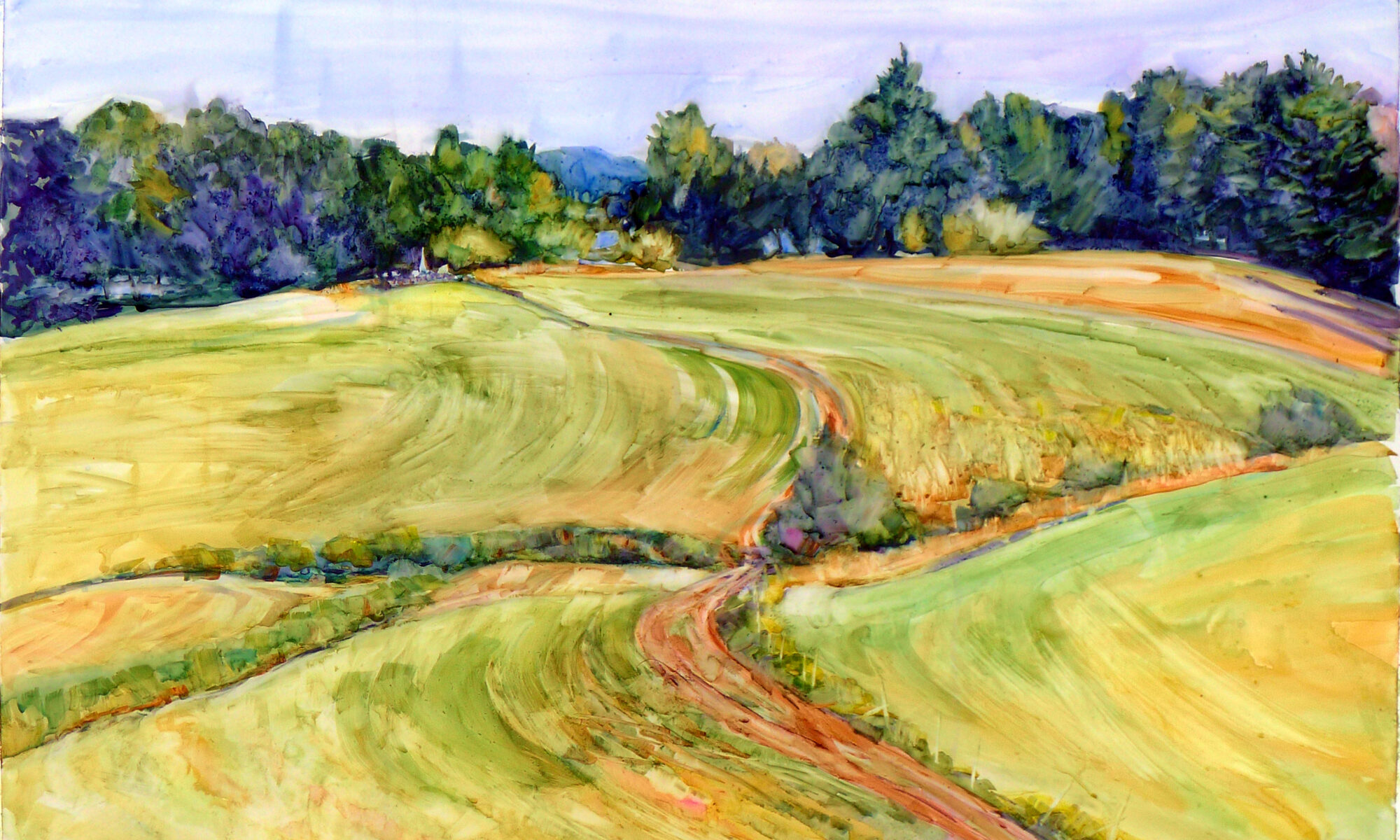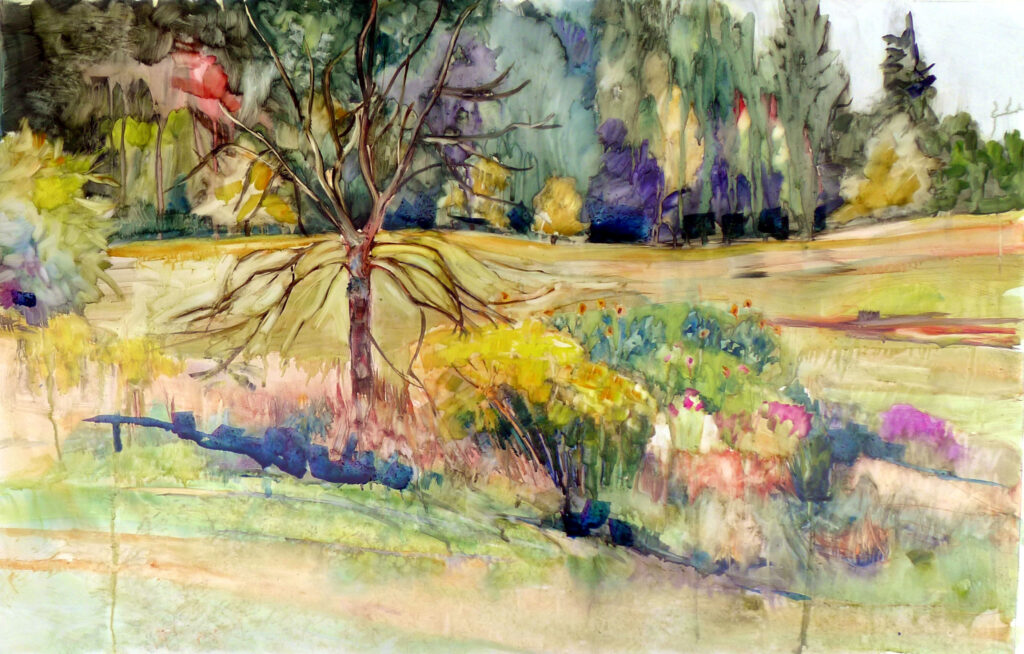
Is human vision subjective? Absolutely; so are cameras (although they cheat less than our eyes). We don’t perceive things as they really are, and the gap between what we do perceive and what is ‘real’ is probably unmeasurable. It’s no surprise that witnesses often report wildly different events.
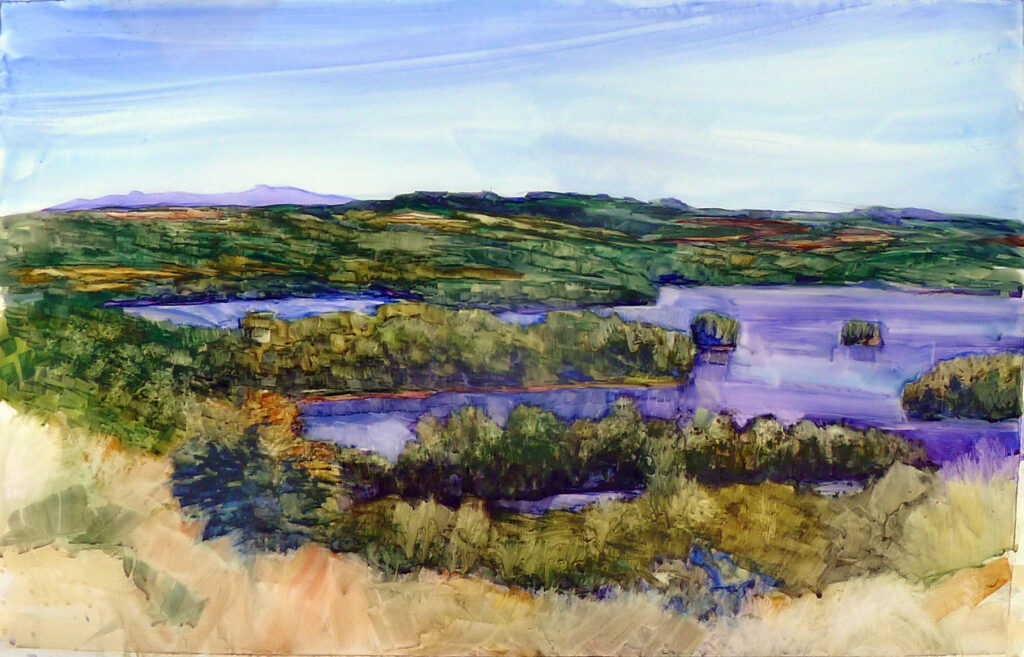
How our eyes work
No other organ is quite like our eyes; they’re really an extension of our brains. The retina and optic nerve develop from the same tissue as the brain and that direct connection is maintained through life. The eyes are not merely sensors; they’re processing information before sending it up to the brain. They use the same neurotransmitters and signalling mechanisms as the brain. No wonder they’re so good at fooling us!
The primary visual cortex processes and interprets the signals received from the retina. That gives us the interpretive part of vision, where we sort color, motion, and depth. It’s there that we integrate and interpret visual data into coherent images and meaningful information.
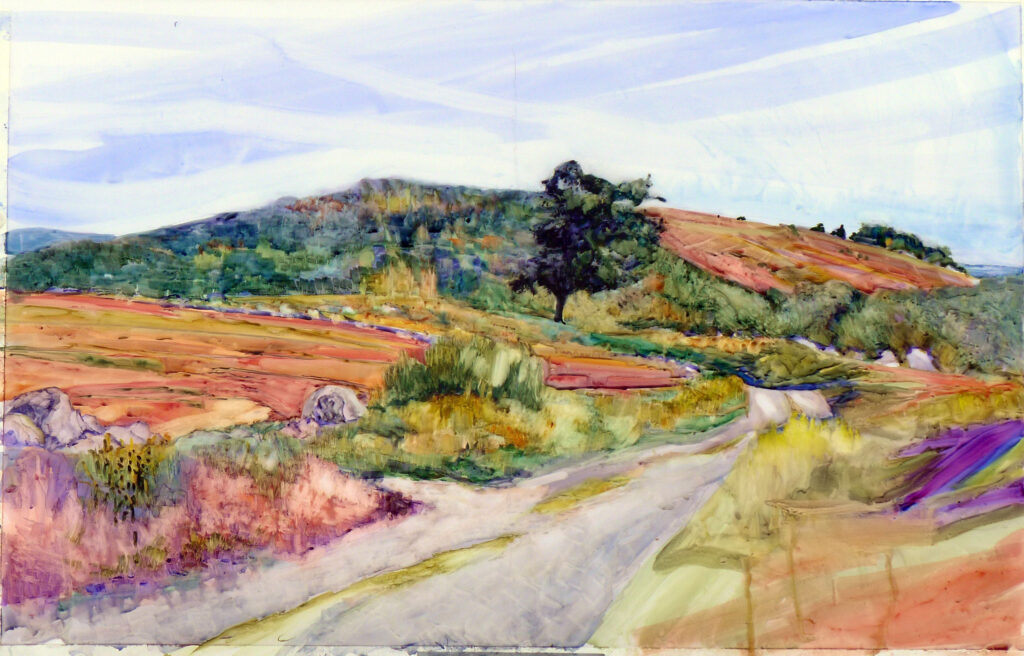
How our eyes trick us
All humans have tunnel vision, some of us more than others. We focus on what’s in the center of our vision. What’s peripheral falls off, to various degrees depending on the person. One of the great lies of painting and photography is that they smooth out this tunnel vision.
There’s also wide variation in the distribution and density of rods and cones, which affect how we perceive color. Then there’s the condition of our lenses and corneas. (That’s why I keep hoping I’ll qualify for cataract surgery, but it never happens.)
Once the eyes send their signals to our brain, the relationship to ‘reality’ becomes even more tenuous. It appears that different individuals process various aspects of vision differently in their visual cortex. Our interpretation of what we see is also influenced by our experiences, our mood, and the degree to which we’re attending. And of course, lighting affects how we see (and how we fill in what’s missing).
Context affects how we see color
Certain visual patterns can trick our brains into seeing things that are not there or misinterpreting what we think we see. This is the basis of optical illusion, and it’s helpful for the painter to understand. Colors look different depending on what’s around them. Prolonged exposure to a particular color can create afterimages that affect how we see subsequent colors.
Most importantly, our expectations alter our color perception. For example, knowing that a distant roof is red can mislead painters into painting it brilliant scarlet, even when the atmospheric color shift has made it a far softer tone.
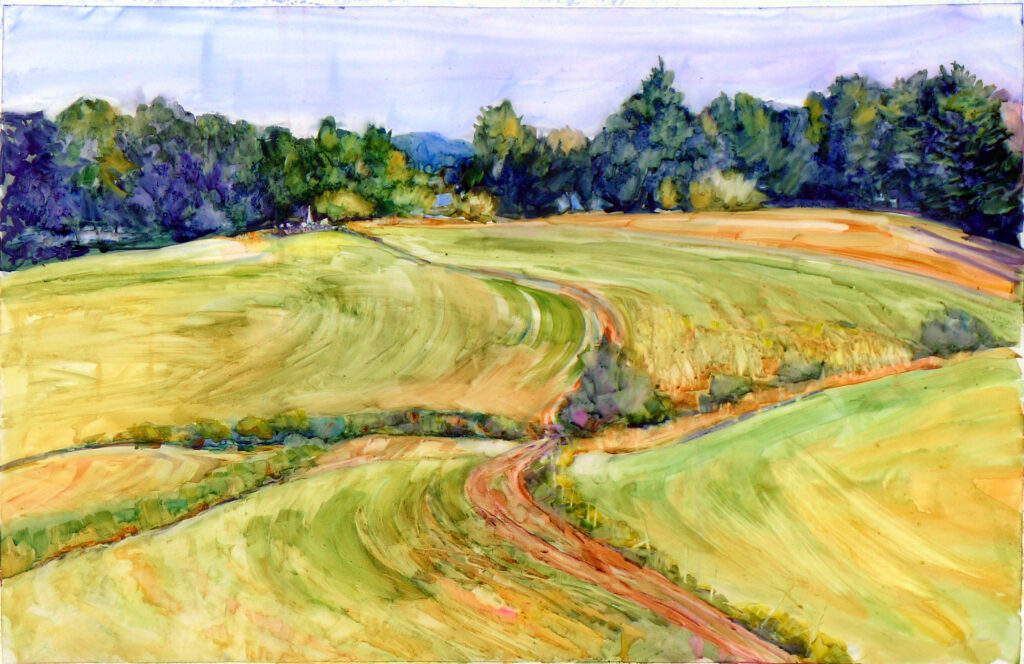
How do we sort all this out?
If we could separate what we see from what we ‘know,’ we’d be left with simple patches of light and color, because that’s all vision is. It’s very hard to do that, but the more we strive for that, the better our representation is.
After all, in our field of vision, things are not inherently large or small, close or near; our brain sorts the data and makes these comparisons.
Why am I thinking about this stuff?
I’m swotting to teach a new class, Applied Color Theory, on Tuesday evenings, starting on August 20. And it all starts with the brain, so that’s what I’m thinking about first.
There are just a few seats left, so if you’re interested you should enroll as soon as possible.
Reserve your spot now for a workshop in 2025:
- Advanced Plein Air Painting, Rockport, ME, July 7-11, 2025.
- Sea and Sky at Acadia National Park, August 3-8, 2025.
- Find Your Authentic Voice in Plein Air, Berkshires, MA, August 11-15, 2025.
- Immersive In-Person Fall Workshop, Rockport, ME, October 6-10, 2025.

